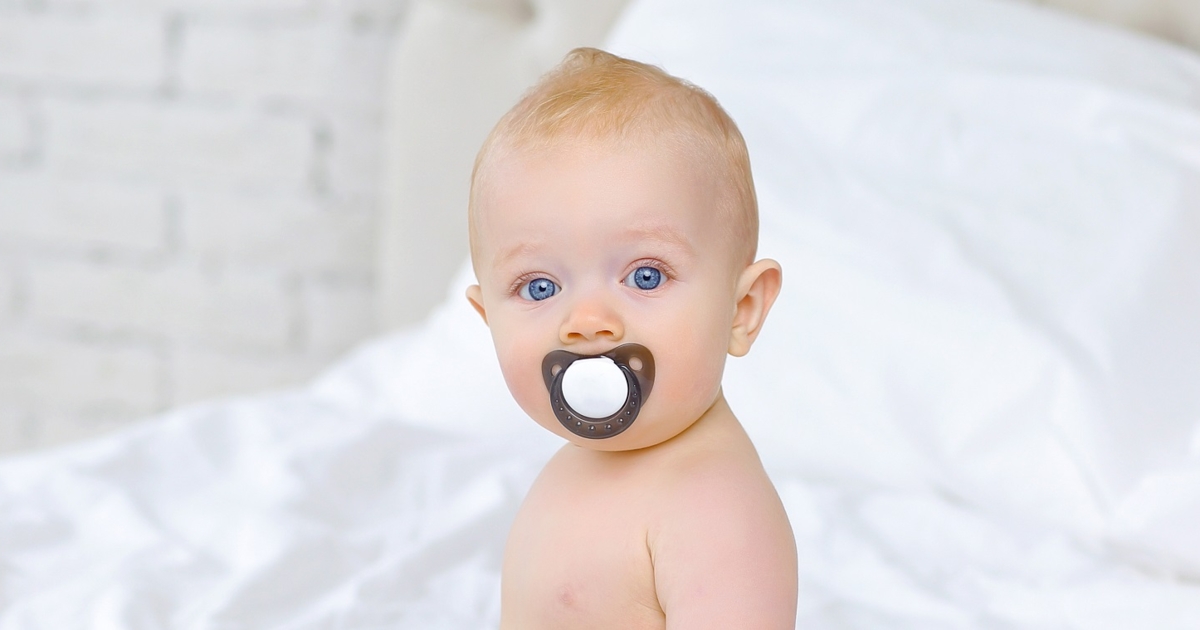Have your little one recently been in the need of a pacifier and you can’t breastfeed them all the time due to other chores and stuff? Well, we understand that. No matter how much you avoid, your baby will yearn for a pacifier when he/she reaches the age 0f about 3 months or older.
Pacifiers and dummies can act as both as a sucking nibble so that they are in the illusion of being fed and also it helps soothe the itching that babies endure in the process of dental formation. However, teethers are used best. To know more about your infant’s oral need and what you could give them visit this site.
But before that, you might want to read all the info we have gathered here your baby’s dummy. Let’s begin!
Table of Contents
Why To Use A Dummy?
To help prevent Sudden Infant Death Syndrome(SIDS), the American Academy of Pediatrics recommends using a pacifier while putting a baby asleep for naps or night. Experts recommend to not, however, use a strap to secure one to her neck or cot, since this can be a strangling hazard.
How To Use A Dummy For Baby?
It’s better to provide dummy-sucking just when you’re confident your baby isn’t hungry, such as after or between feeds, to ensure that it doesn’t interfere with feeding.
When your baby falls asleep, give him his dummy. But don’t make them take it, and if it falls out while they’re sleeping, don’t shove it back in their mouth.
Keep spares on hand at all times. Your child will almost certainly drop the dummy without your knowledge, then become unhappy when it is required.

How To Keep A Dummy Sterilized?
Every day, clean and sanitize your baby’s dummies, and store them in their original packaging when not being used. Don’t ever insert a dummy in your mouth to ‘clean’ it, and never put food or other substances (like honey) on a dummy.
Your youngster will be more immune to infections around the age of six months. Instead of sterilising the dummy, you can just wash it with soap and water. Just make sure any liquid that comes inside is squeezed out.
How To Finally Give Up The Dummy?
Ensure you choose the correct time to discontinue or minimize your child’s dummy use. Until you or your child is agitated, or when other adjustments in your child’s life are occurring, don’t try to do it.
Discuss giving up the dummy with your youngster. Then gradually reduce the amount of time they spend with the dummy during the day. Use it exclusively in the automobile or a cot, for example. This allows them to become accustomed to not having it.
Set a time and a date to remove the dummy once they are comfortable without it. Make a big deal out of it or treat your child with something special.
It’s you who has to decide what’s best for your baby. Although experts do recommend going for a pacifier in early stages of infancy since it has benefits to your child health. However, there are drawbacks as well, but they don’t subjugate the health benefits pacifiers provide. You can see for yourself.




